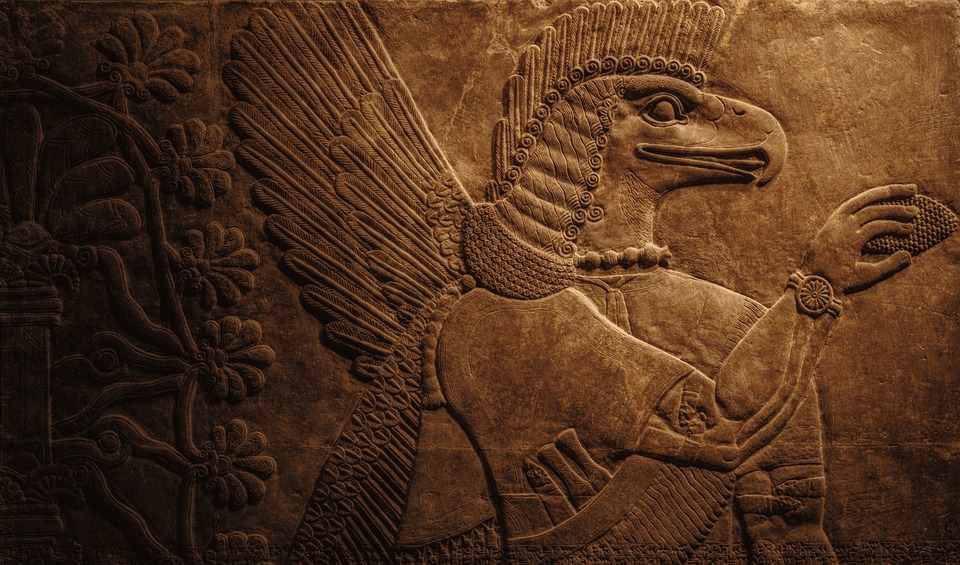
Guilds played a significant role in the development of European crafts during the medieval and early modern periods. A guild was a professional association of craftsmen and tradesmen who practiced the same trade or craft. The guilds regulated the production and sale of goods, trained apprentices, maintained quality standards, and protected the interests of their members. The guild system was prevalent throughout Europe from the 12th to the 18th century, and it played a critical role in the economic and social development of the continent.
The guilds emerged in Europe during the medieval period when the European economy was transitioning from subsistence agriculture to a more diversified and commercialized economy. As towns and cities grew, trade and commerce flourished, and craftsmen and artisans began to specialize in particular trades and crafts. The guilds provided a framework for organizing and regulating the production and sale of goods, and they helped to establish standards of quality and price.
One of the primary functions of the guilds was to regulate the production of goods. The guilds set standards for the quality of goods and established rules for the production process. For example, the guilds regulated the type and quality of raw materials used, the techniques and tools used in production, and the finishing and packaging of goods. The guilds also enforced quality control by inspecting goods and punishing members who produced substandard goods or violated guild regulations.
Another critical function of the guilds was to train and educate apprentices. The guilds played a central role in the training and education of craftsmen and artisans. They provided apprenticeships for young men and women who wanted to learn a craft or trade. The apprenticeships typically lasted several years and involved a combination of classroom instruction and hands-on training. The guilds also provided support and guidance to journeymen who had completed their apprenticeships and were starting their own businesses.
The guilds also played a significant role in the social and economic life of the communities in which they operated. The guilds provided a framework for social interaction and cooperation among craftsmen and artisans. The guilds also played a role in regulating the price of goods and protecting the interests of their members. For example, the guilds negotiated with local authorities and merchants to secure favorable trading conditions and protect their members from unfair competition.
The guilds also played a role in the political life of the communities in which they operated. The guilds often had significant political influence, and they used this influence to protect the interests of their members. The guilds were involved in the governance of towns and cities and often had representatives on town councils and other governing bodies. The guilds also played a role in the regulation of labor and employment practices and helped to establish labor laws and regulations.
The guild system was prevalent throughout Europe from the 12th to the 18th century, and it played a critical role in the economic and social development of the continent. The guilds helped to regulate the production and sale of goods, trained apprentices, maintained quality standards, and protected the interests of their members. The guilds also played a role in the social and economic life of the communities in which they operated and in the political life of the continent. The guild system declined in the 18th and 19th centuries with the advent of the Industrial Revolution, but its legacy continues to influence the organization and regulation of trade and commerce in modern societies.
In conclusion, the guilds played a critical role in the development of European crafts during the medieval and early modern periods. The guilds helped to regulate the production and sale of goods, trained apprentices, maintained quality standards, and protected the interests of their members. The guilds also played a role in the social and economic life of the communities in which they operated and in the political life of the continent. The legacy of the guilds continues to influence the organization and regulation of trade and commerce in modern societies. Although the guilds declined in the 18th and 19th centuries, their influence can still be seen in modern professional associations, labor unions, and trade organizations.
The decline of the guilds was due to several factors, including the advent of the Industrial Revolution and the growth of capitalism. With the rise of factories and mass production, the traditional guild system was no longer able to compete with the new methods of production. The guilds were also criticized for being too exclusive and stifling innovation and competition. As a result, many European countries began to deregulate their economies and abolish guilds in the 18th and 19th centuries.
Despite their decline, the guilds left a lasting legacy on European culture and society. They helped to establish standards of quality and professionalism, promoted education and training, and provided a framework for social and economic cooperation among craftsmen and artisans. The guilds also played a significant role in the development of European art and architecture, with many guilds sponsoring the construction of cathedrals and other important buildings.
In conclusion, the guilds played a vital role in the development of European crafts and trade during the medieval and early modern periods. They helped to regulate the production and sale of goods, trained apprentices, maintained quality standards, and protected the interests of their members. The guilds also played a role in the social and economic life of the communities in which they operated and in the political life of the continent. Although the guilds declined in the 18th and 19th centuries, their legacy continues to influence the organization and regulation of trade and commerce in modern societies.







